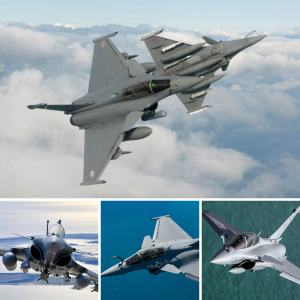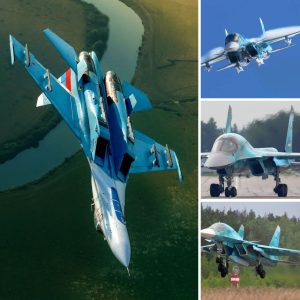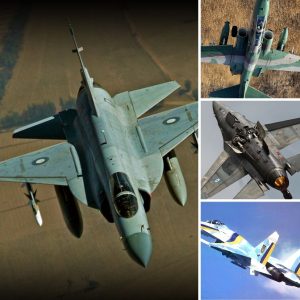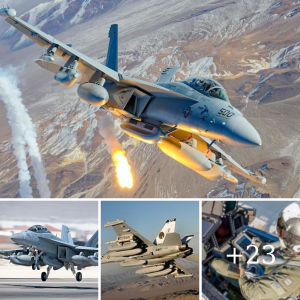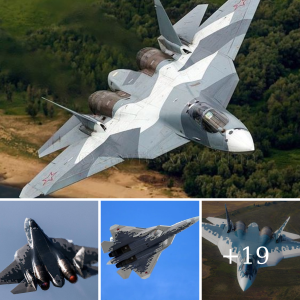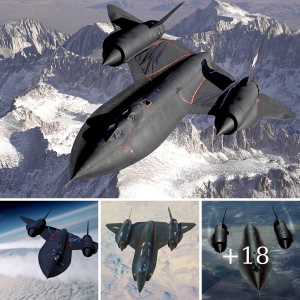In the realm of advanced military aviation, the F-16C Fighting Falcon stands out as a marvel of engineering and a symbol of air superiority. Developed by General Dynamics (now Lockheed Martin), the F-16C represents a significant evolution of the original F-16 design, offering enhanced capabilities that have cemented its reputation as one of the most versatile and effective multirole fighters in modern air forces.
A Legacy of Innovation
The F-16 Fighting Falcon, introduced in the late 1970s, was a groundbreaking development in the field of fighter aircraft. The F-16C variant, which emerged as an upgraded version, took the design’s inherent strengths and pushed them to new heights. With advanced avionics, improved maneuverability, and enhanced firepower, the F-16C quickly established itself as a formidable asset in air combat.
One of the defining features of the F-16C is its advanced avionics suite, which includes the AN/APG-68 radar system. This radar provides the F-16C with superior target acquisition and tracking capabilities, allowing it to engage enemy aircraft and ground targets with remarkable precision. Additionally, the F-16C is equipped with an array of electronic warfare systems that enhance its survivability in complex combat environments.

Enhanced Performance and Versatility
The F-16C’s performance is characterized by its agility and speed. Powered by the Pratt & Whitney F100 or General Electric F110 engine, the F-16C can reach speeds of up to Mach 2. The aircraft’s lightweight design, coupled with its advanced flight control system, allows it to execute highly maneuverable combat maneuvers, making it a daunting opponent in dogfights.
Beyond its air-to-air capabilities, the F-16C is a highly versatile multirole fighter. Its ability to perform a wide range of missions—including air superiority, ground attack, and close air support—makes it a valuable asset for modern air forces. The aircraft can carry a diverse array of ordnance, including air-to-air missiles, precision-guided bombs, and a variety of unguided munitions, enabling it to adapt to various combat scenarios.
A Global Presence
The F-16C has been adopted by numerous air forces around the world, a testament to its effectiveness and versatility. Its export success has solidified its role as a key component in international military aviation. Countries ranging from Israel and Turkey to South Korea and Egypt operate the F-16C, and its continued use by these nations underscores its enduring relevance in the ever-evolving landscape of air combat.
In addition to its combat capabilities, the F-16C has undergone numerous upgrades and modifications over the years. These enhancements have ensured that the aircraft remains competitive against newer threats and technologies. The continuous development of the F-16C, including integration with advanced weaponry and sensors, exemplifies the commitment to maintaining its edge in modern warfare.
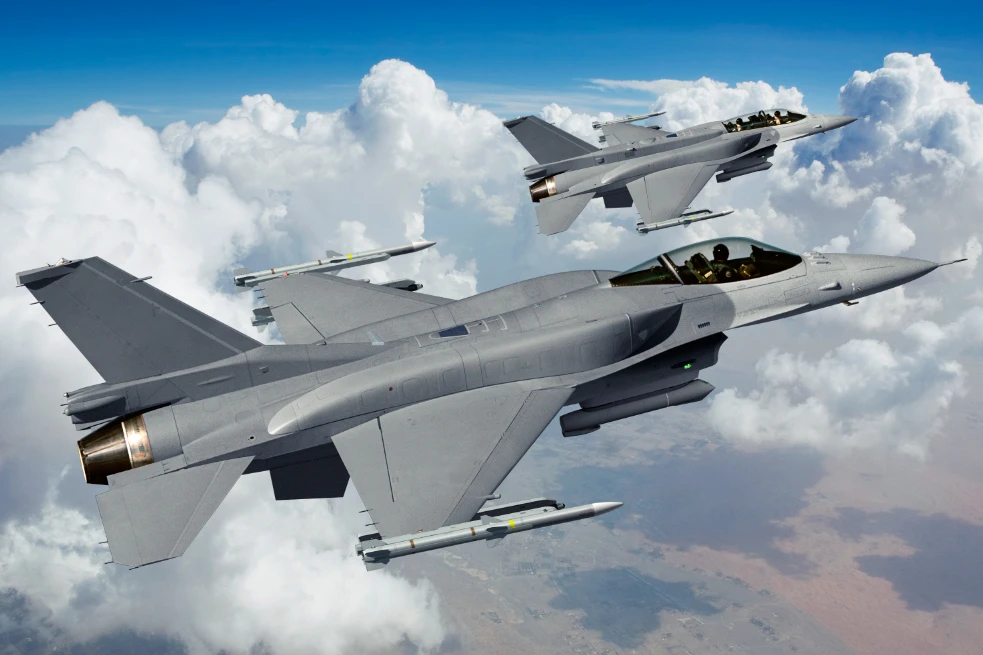
A Legacy of Excellence
The F-16C Fighting Falcon’s legacy is one of innovation, performance, and adaptability. Its ability to excel in various roles and its proven combat record have established it as one of the most successful fighter aircraft of its generation. The F-16C’s contributions to air combat and its role in shaping the future of military aviation cannot be overstated.
As air forces around the world continue to rely on the F-16C, the aircraft’s legacy will endure as a testament to its design excellence and operational versatility. The F-16C Fighting Falcon remains a symbol of modern air combat prowess and a shining example of how cutting-edge technology and innovative design can transform the battlefield.
